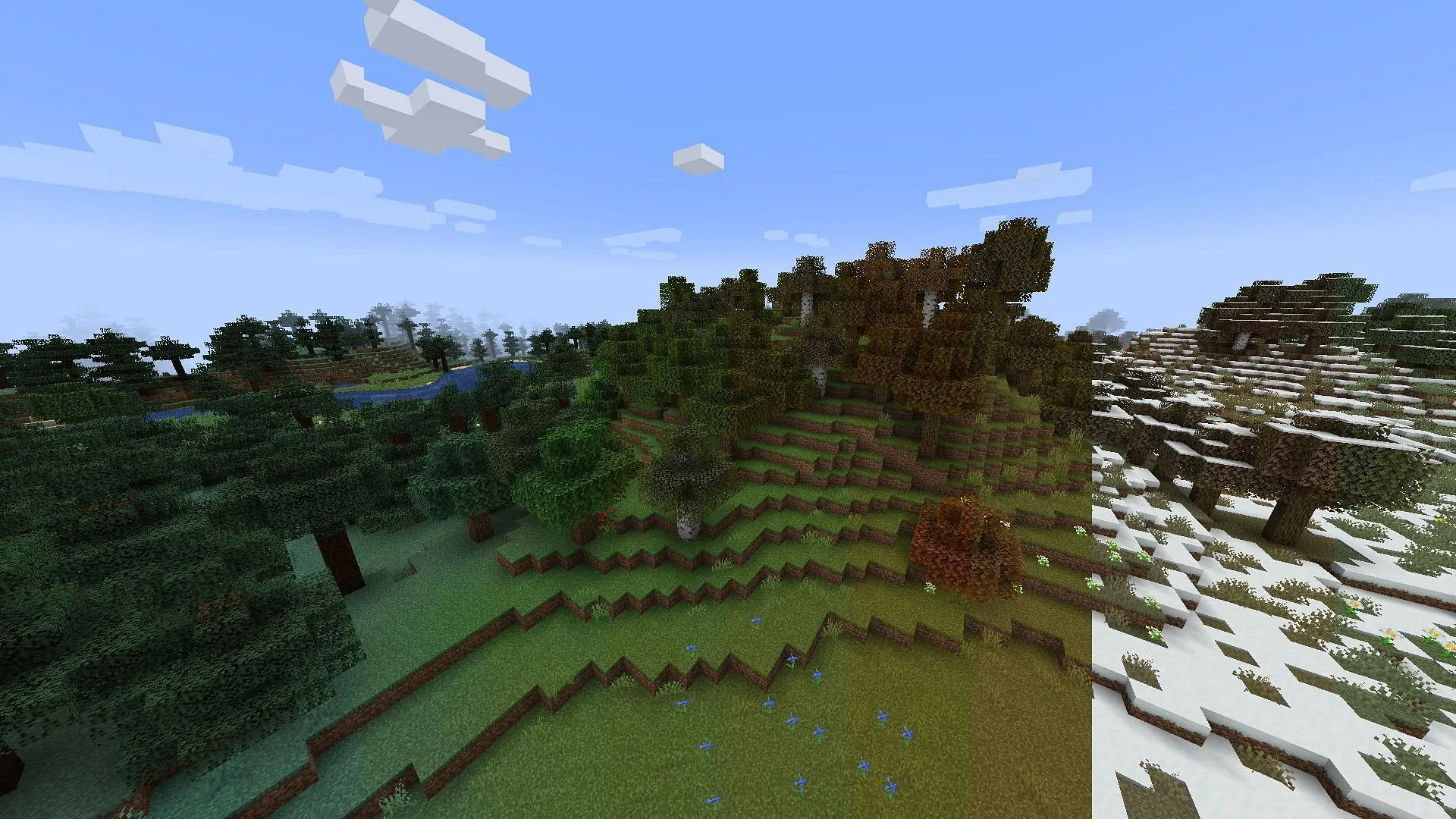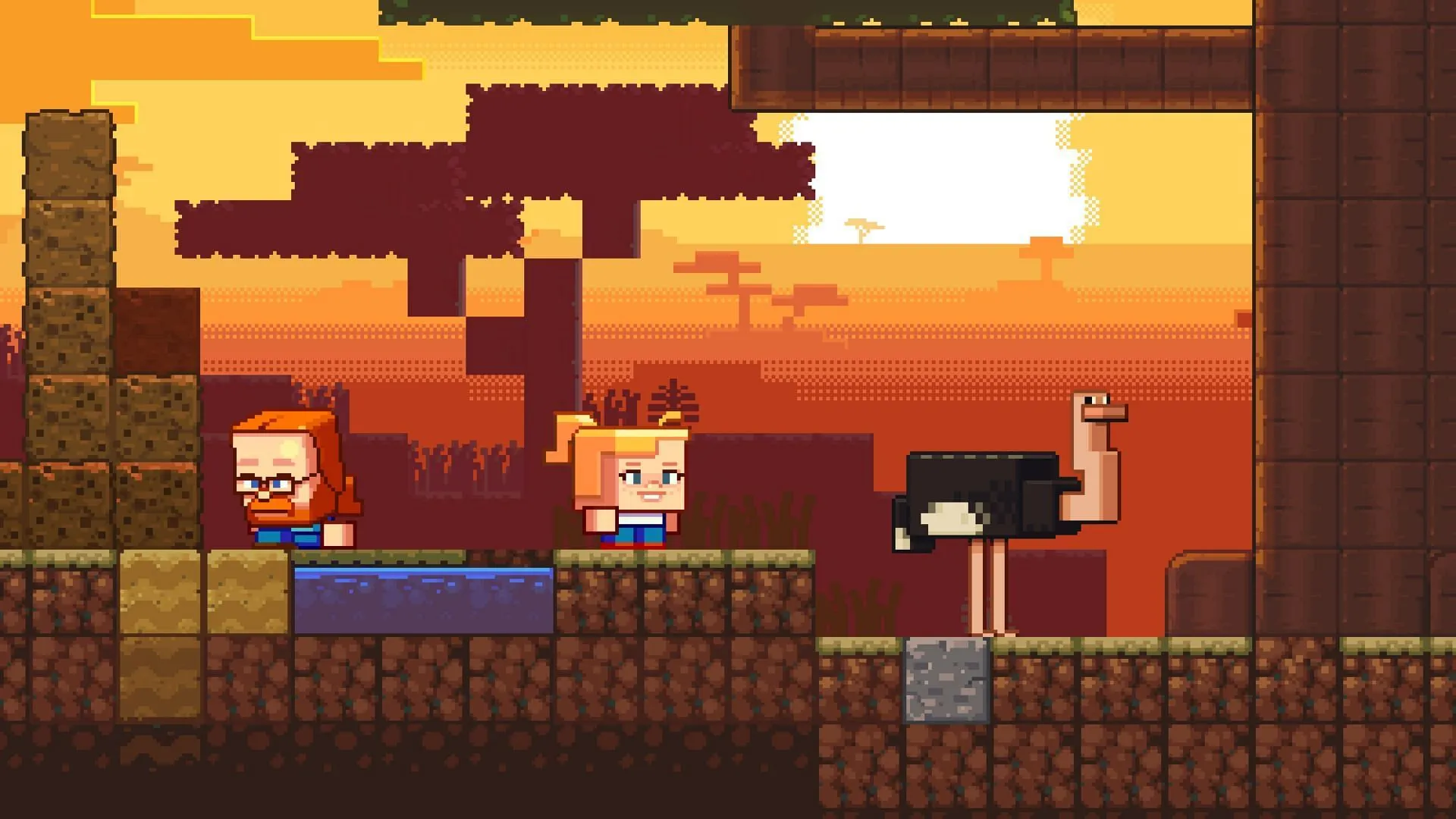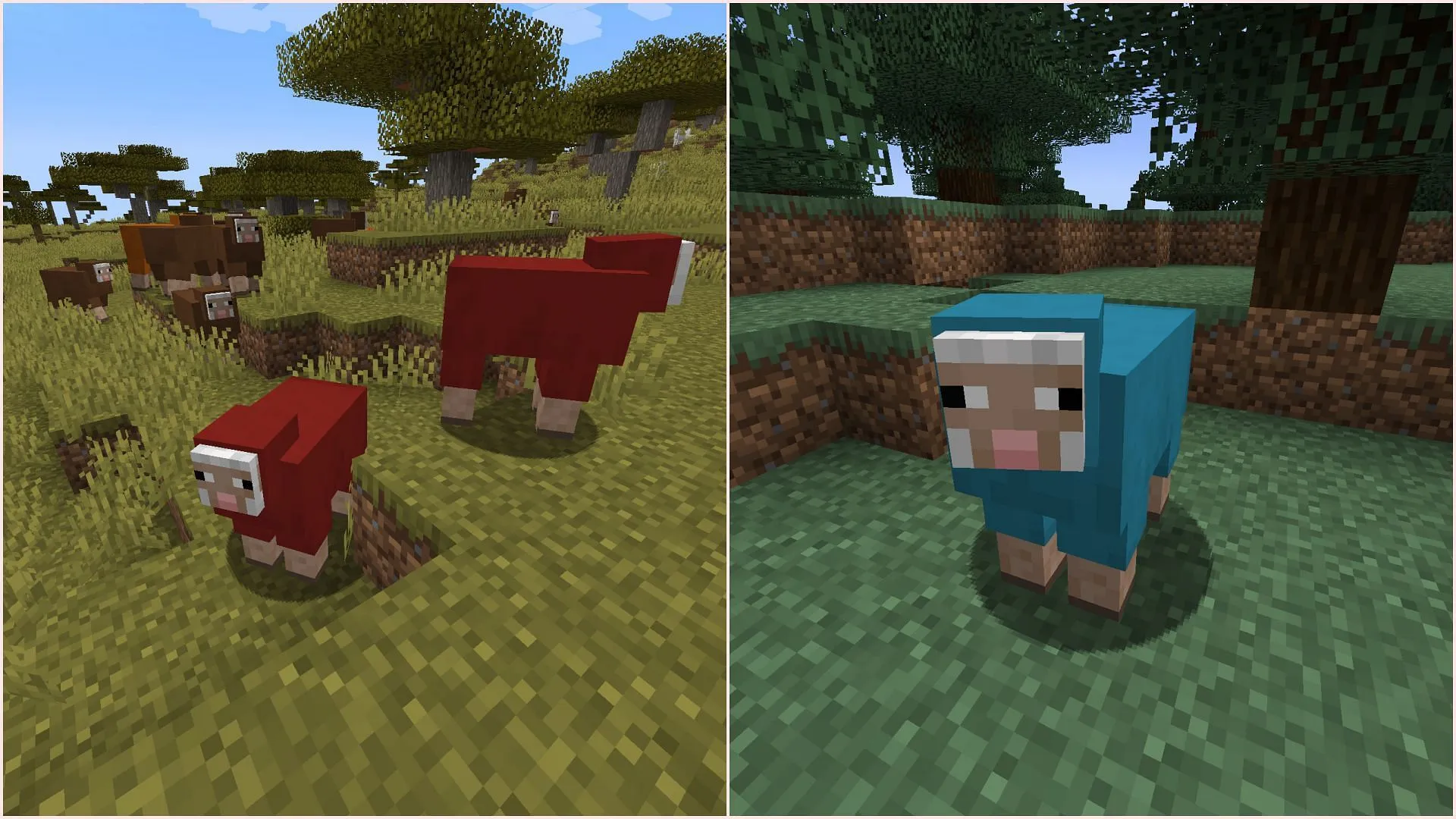Mojang Studios has rolled out the highly anticipated Minecraft Spring to Life update for both Java and Bedrock Editions, introducing a wealth of new features to enrich the Overworld experience. Players can now encounter delightful additions such as falling leaves from trees, blooming cactus flowers, vibrant firefly bushes, and new warm and cold variants of farm animals. While these enhancements signify a step forward, the community feels that the update could have included even more engaging elements.
This article presents a few features that players believe would have further improved the Minecraft Spring to Life experience.
Note: The perspectives shared in this article are those of the author and do not reflect the official stance of Mojang Studios.
Four Features Minecraft Could Have Introduced in the Spring to Life Update
1) Seasonal Changes

One of the most eagerly awaited features among the community has been the introduction of seasons in the Minecraft Overworld. As this dimension closely mirrors our real-world experience, players have long hoped for seasonal changes that would enhance its realism. Various mods, such as Serene Seasons, have successfully transformed Overworld biomes into dynamic environments that mirror the warm tones of summer or the chilly hues of winter.
By officially implementing seasonal variations in each Overworld biome, Mojang could have breathed new life into the game, making it feel even more immersive and captivating.
2) Meerkats

The addition of meerkats would have been a delightful enhancement to the Spring to Life update. First introduced during a biome vote competition in 2017, meerkats were proposed as part of a Desert biome revamp. While the community ultimately favored the Taiga biome, resulting in the addition of foxes, the inclusion of meerkats would fit seamlessly into the newly updated Desert and Badlands biomes.
3) Ostriches

The ostrich, another mob that gained attention during the 2017 biome vote, could have added fascinating diversity to the Savanna biome. Although the Savanna lost to the Taiga, the recent Spring to Life update introduced various new features such as bush blocks and warm animal variants. The addition of ostriches would not only enhance the visual appeal of the Savanna but also increase the variety of wildlife within the game, marking the ostrich as Minecraft’s third bird-type mob.
4) New Sheep Variants Across Biomes

While Mojang introduced new cow, pig, and chicken variants with distinct textures and colors in the recent update, the frequency of sheep colors based on biome climate remained unchanged. Initially, different sheep colors were proposed to spawn naturally in warm and cold biomes, featuring hues like yellow, red, and orange for warmer areas, and blue, light blue, and cyan for colder regions. Unfortunately, this concept was ultimately retracted, settling instead on traditional colors shuffled by biome.
Given that Mojang had already explored the idea of introducing unique sheep colors based on biome type, they could have embraced this innovative direction in the Spring to Life update to enrich the game’s diversity.


